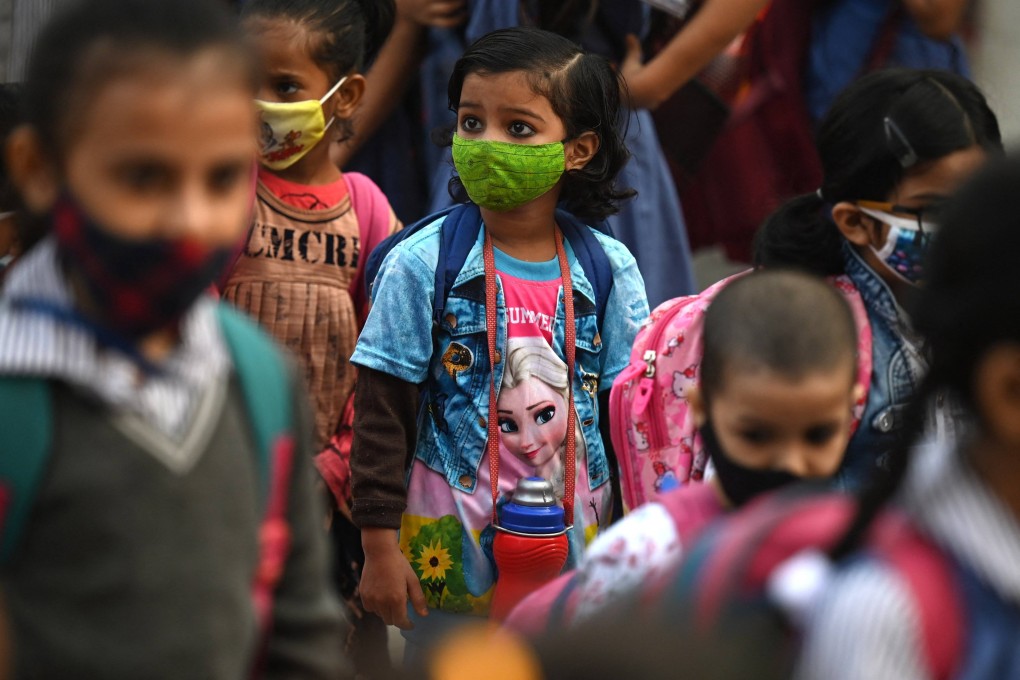What one-child policy? As India’s population growth slows, China-style controls on births called into question
- India’s total fertility rate has dropped below the level needed to maintain a stable population, but it’s still on track to become the most populous country
- Advocates cheered the survey results as a triumph of New Delhi’s ‘voluntary’ approach to family planning, in contrast to the more coercive methods of China

Data from the Health Ministry’s most recent National Family Health Survey, released last week, showed India’s total fertility rate had dropped to 2.0, below the so-called replacement rate of 2.1 needed to maintain a stable population. In urban areas it was even lower, with an average of 1.6 children per woman.
The demographic milestone indicates India’s 1.3 billion population is nearing its peak, and stands in stark contrast to the 1950s when women in the country had an average of six children each. India’s total fertility rate in 2015-16, when the last survey was done, stood at 2.2.

Poonam Muttreja, executive director of the Population Foundation of India, celebrated the survey results as proof of the power of persuasion over more direct interventions such as China’s notorious one-child policy.
“It shows you don’t need to use force or draconian measures,” she said. “You can do it voluntarily. People will willingly do whatever makes sense to them but you need to respect them.”
A confluence of factors from the government to village level came together to bring about the change, but one of the most important has been improvements to education, according to Muttreja.
“Educating girls is the most effective contraceptive,” she said, pointing to data showing that Indian women with 12 years of schooling have no more than two children, while those with no education have an average of three, according to the latest survey results.